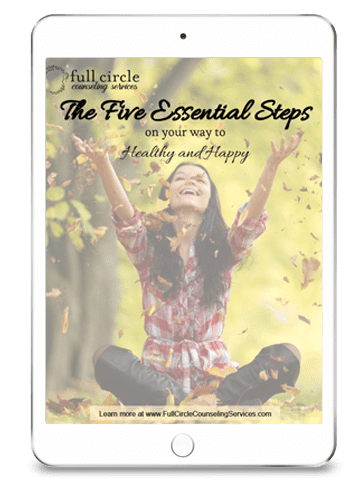Being a good listener may mean the difference between an unhealthy and frustrating relationship and a happy and fulfilling relationship. You can improve your relationship active listening.
“Most people do not listen with the intent to understand; they listen with the intent to reply.”
—Stephen R. Covey, Seven Habits of Highly Effective People
Active listening is a skill set that helps you listen for understanding, instead of formulating your own response in your head while the other person is speaking. It’s about shifting your intent from “I need to prove my point and be right” to “I want to set aside my own perspective so I can really understand, validate and empathize with the speaker”.
Part one of my Active Listening blog series focused on the most important job of the listener; mirroring back content to the speaker so the speaker feels heard and understood at a content level.
In addition to parroting back the content of the speaker, the listener also needs to learn two additional steps; 1) validating and 2) empathizing.
Validating is indicating to the speaker that what she/he says is making sense to you.
- Validating uses your brain to connect with the speaker on a rational level.
- You are accepting the logic, validity & worth of the speaker’s thoughts, without necessarily agreeing with their point of view.
- You set aside your own frame of reference and validate that their thoughts make sense from their point of view/frame of reference.
- Use body language to validate, for example, nodding your head
- Use words/phrases to validate such as “That makes sense”,“I can understand that” “It’s important for you”, “You have a point”.
Empathizing is recognizing the feelings of another person
- Empathizing uses your heart to connect with the speaker on a feeling level.
- Level One Empathy is observing or imagining the feelings of the speaker and expressing those feelings
- Level Two Empathy is trying to feel the actual feelings the speaker is experiencing
- Use body language to empathize by matching the speaker’s facial expression or nodding your head
- Use words to empathize; “It looks like you feel…”; “It sounds like you feel…” “I sense that you are experiencing…”
By paraphrasing content to the back to the speaker when you are listening, and then validating and empathizing, the speaker will feel heard, understood and more connected to you. You may learn some valuable things about your partner by taking the time and using these skills to become a great active listener. And best of all, you will improve your relationship with active listening.
Next up in the “Active Listening series” I will be explaining the role of the speaker. Stay tuned!
Meanwhile, happy listening, understanding and connecting!



